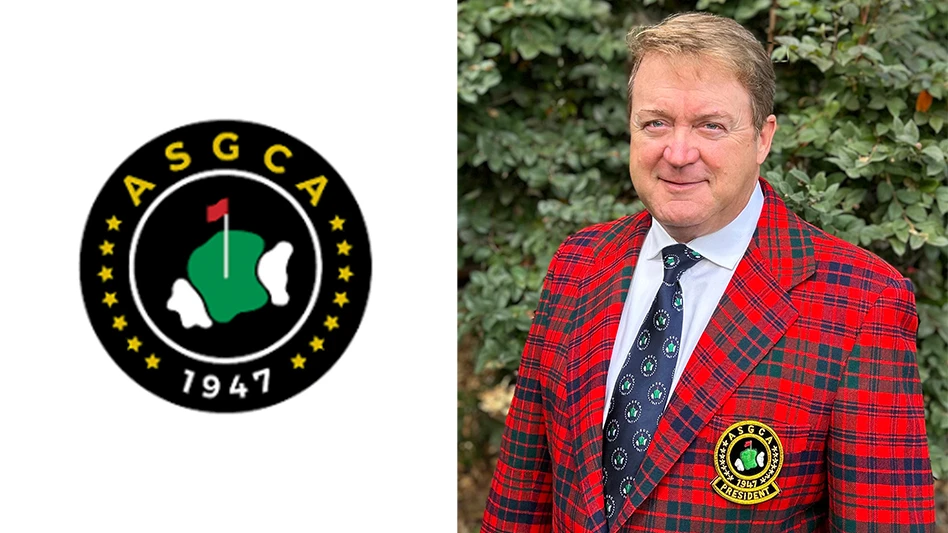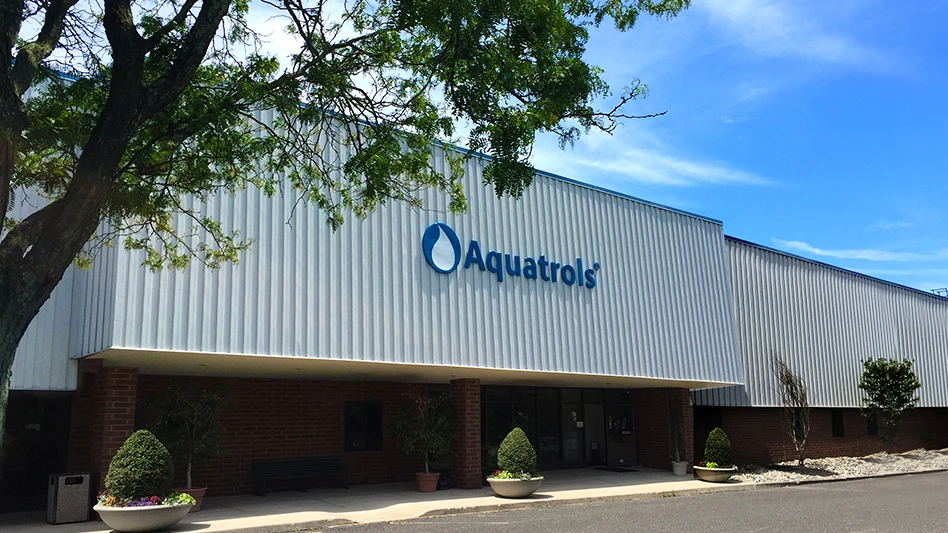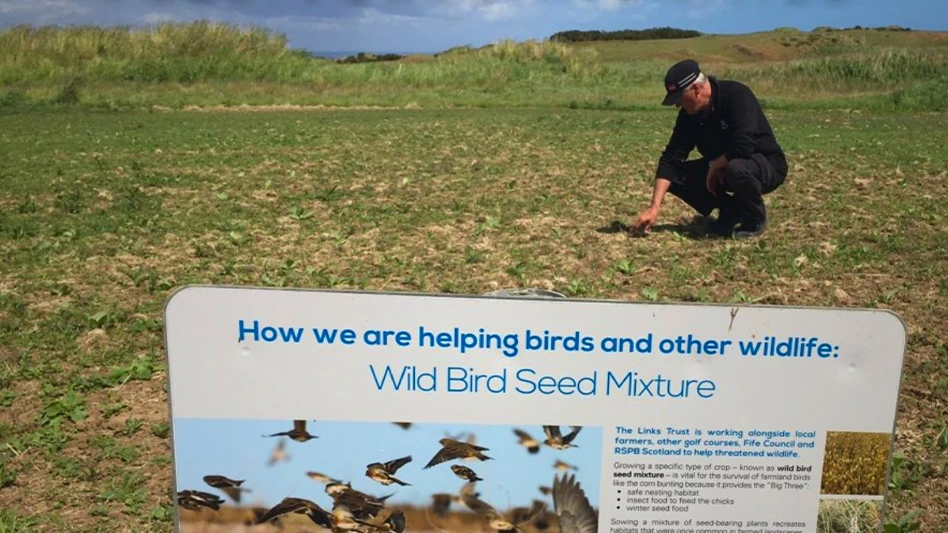During the past decade, there has been a significant change in the chemical arsenal for white grub control and a shift in control strategies from curative to preventive applications. Presently, turf professionals should be optimistic about their battle with grubs because the current products and control strategies appear to be working. Moreover, significant new grub control products with potential advantages recently have been introduced to the turf market.
Currently, Merit and Mach2 are used widely for white grub control. But whenever control products have been available for a significant time, end-users begin to worry about loss of effectiveness. However, Merit and Mach2 continue to perform reliably in objective university trials when applied during their optimal control windows.
For 2005, two new products are available for white grub control with added-value features. One of these, Allectus, is a joint offering from Bayer and FMC, and contains the active ingredients of Merit and Talstar. By combining these actives for surface and sub-surface insects, Allectus will offer a single-product solution to many turfgrass insect pest problems. Product expectations are backed by more than a decade of research on each component.
The other key introduction for 2005 is Arena from Arvesta, a company that is known in the U.S. agricultural market and an emerging provider to the turf industry. The active ingredient in Arena is clothianidin, which is in the same neonicotinoid class of chemistry as Merit, but with a different activity. Arvesta describes Arena as a second-generation neonicotinoid, the significance of which includes lower effective use rates and a wider-pest spectrum. This product is available in granular and water dispersible granule forms.
|
|
Good control of other key turfgrass pests, such as the sod webworm and black turfgrass ataenius (Table 2), completes the picture of a product with potential to be successful in the turfgrass market. Arena is the first neonicotinoid insecticide with activity on caterpillar pests, according to David Shetlar, Ph.D., from The Ohio State University. Furthermore Shetlar says that in his trials, this material has performed as well or better than Merit and Mach2 overall – and at lower use rates.
|
|
Information from The Ohio State Univeristy’s March 2005 “Insect and Insecticide Update, Columbus, OH” by David Shetlar, Ph.D., was used in this article. Those interested in this or other presentations by Shetlar can access them on his Web site http://bugs.osu.edu/~bugdoc/.
Mary Ann Rose, Ph.D., is a consultant to the turf and ornamental industry.

Explore the May 2005 Issue
Check out more from this issue and find your next story to read.
Latest from Golf Course Industry
- The Aquatrols Company adds former superintendent to its R&D team
- Heritage Golf Group expands into Tennessee
- Making the grade — at or near grade
- PBI-Gordon receives local business honor
- Florida's Windsor takes environmental step
- GCSAA names Grassroots Ambassador Leadership Award winners
- Turf & Soil Diagnostics promotes Duane Otto to president
- Reel Turf Techs: Ben Herberger







